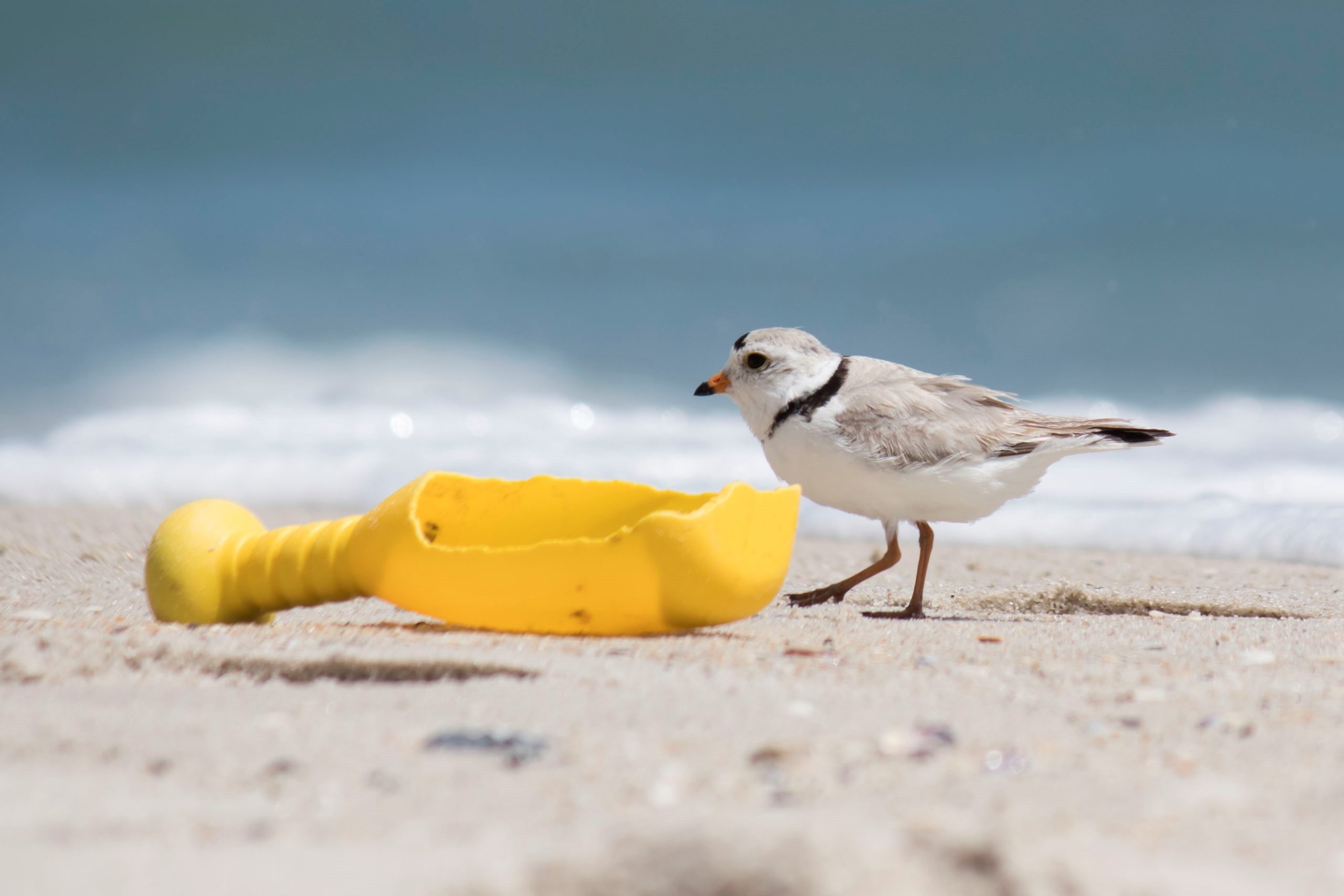Many of us here on Long Island are active citizens in our own way. Some of us write opinion pieces for local papers, campaign for candidates, and/or attend meetings, marches, protests, or support matters that we feel are important in various other ways.
We are a community of journalists, educators, retirees, politicians, parents, students, and much more. Like many others, I care about societal issues such as social and civil rights, gender equality, and environmental protections.
As a concerned citizen, I sometimes write about political issues, have volunteered to campaign for local candidates, attend events, and engage in dialogue with community members.
Yet, my current experience hosting a photographic gallery, at a local town garden, has opened my mind to the potential of activism through art.
There is a long and powerful history of activism through art. A recent visit to the Hirshhorn Museum in Washington D.C. has reinforced my interest in the idea that activism through art is not just one form of activism, but perhaps an underutilized and important one in both local and national politics.
The purpose of my current photographic gallery is, in part, to encourage Long Islanders to explore the wonderful natural world around us.
We have an incredible variety of wildlife right here on the island, such as the threatened piping plover, along with amazing opportunities to rejuvenate the spirit by witnessing something as stunning as the sun rising over the ocean water at one of our local beaches. I had decided to pair the photographs with quotes from some of the most prolific transcendental thinkers and naturalists who were, in many ways, also progressive on social issues.
For example, Margaret Fuller was ahead of her time on issues of gender, social equality, and civil rights.
Therefore, I have included quotes regarding gender issues, racial equality, as well as environmental protection. Will the quotes and photos in my humble, local gallery inspire social and political dialogue?
Will the photo of a piping plover walking alongside plastic trash at the Jones Beach shoreline encourage a citizen to rethink plastic pollution? Ideally, it would. Yet, perhaps, not.
Nevertheless, the photos I have taken and shared of Long Island nature, over the past couple of years, I realized, have created an enthusiasm and dialogue with others that I may not have been able to accomplish, without the use of the artistic image.
In my journey photographing nature on Long Island, I have come to understand that protecting our environment and caring for the natural world is not a protection for something outside of ourselves.
Rather, it is the protection and nurturing of our own quality of life, our potential for joy, and health of mind and body for ourselves and future generations. Therefore, how can I effectively communicate this and engage in dialogue with others about this topic?
I am certainly far from being the most skilled or talented photographer on our island. Further, not every nature photographer has a desire to effect societal change.
Yet, there is an undeniable transformative power of art that enables a kind of communication that may not have otherwise been feasible.
This is not to say, of course, that art and images replace the written word or communication of facts.
Rather, in some instances, a picture and a thousand words is more powerful than the words without the image. In addition, the kind of words that we use to describe images also matter.
Just as many of us learn differently, we also are also inspired and engage with the world differently. Educators differentiate learning in the classroom. Likewise, as community leaders or activists, we can engage with our fellow citizens in various and powerful ways; creative expression can aid in the framing of an issue.
It is not just artists that connect to artistic expression. Rather, it is a characteristic of the human condition to be motivated, inspired, and engaged with imagery and metaphor.
I have been reminded of George Lakoff’s ideas, in recent times, when thinking of activism through art. As Lakoff asserts, “this is how reason really works: through framing, metaphors, emotion, narratives, and imagery.”
Along with the power of language usage and metaphors, Lakoff understood that photography was art. While serving on a panel for the National Endowment for the Arts during the Carter administration, Lakoff introduced the idea that photography is indeed art. Understanding the power of creative expression through photographic image, Lakoff changed arts policy through changing the definition of art.
All kinds of craft making is art, he argues.
For George Lakoff, the use of metaphor, framing, and imagery to influence social and political change is not designated to a small group of elite and talented artists.
Rather, for Lakoff, framing and use of a metaphor is a powerful means of influencing mindset, for better or worse.
Therefore, how can we utilize the power of creative expression to frame issues, create dialogue and empower citizens to engage? We can use activism through art, and creative expression, not as a tool of propaganda, but as a vehicle of democratic dialogue and deliberation within our communities.
Perhaps, as a community, we may explore the use of creative expression as a way to facilitate progress, increase civic engagement, and raise awareness and communication about important issues.
Diana Poulos-Lutz
Mineola



